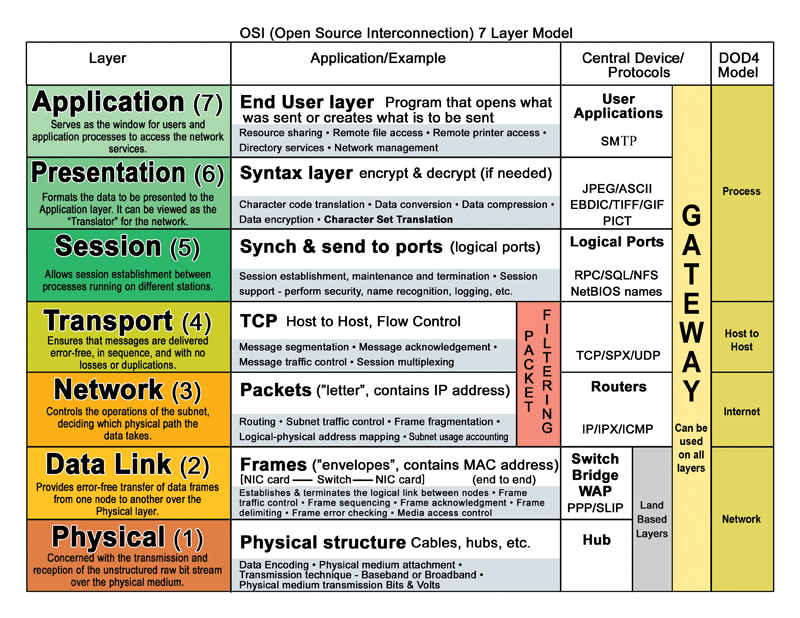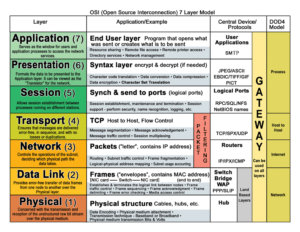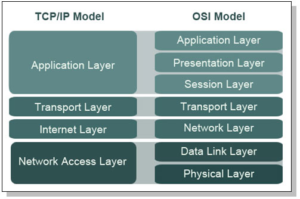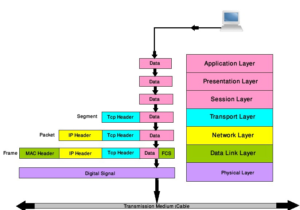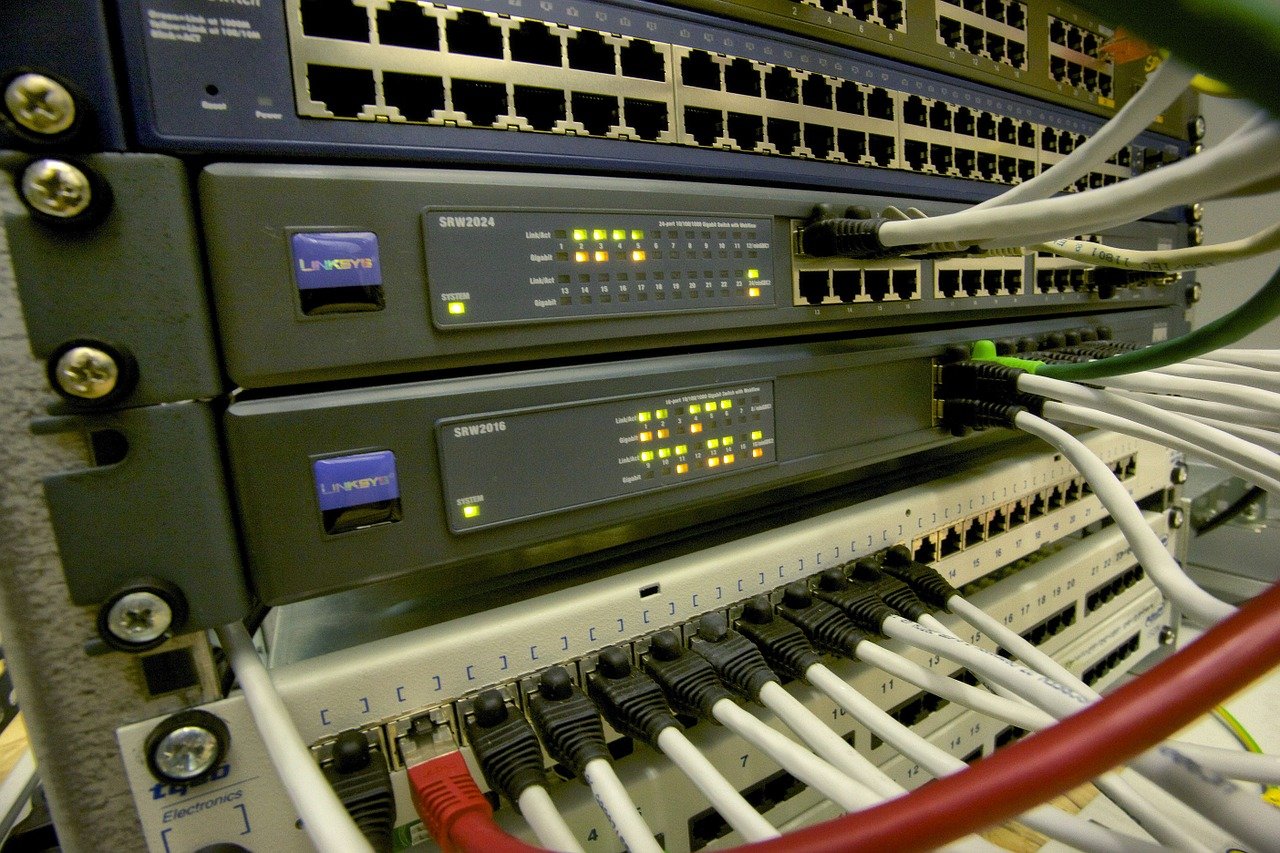You most likely found my blog through Google Images looking for the OSI Model, after you are done reading through this article be sure to check out some of the other IT articles I have included just for you at the bottom of this article! Thanks for stopping by!
What is the OSI Model
The OSI Model is the foundational model on which all things IT are built. I use the concepts of the OSI model every day. In this article I will teach you the fundamentals behind the OSI Model.
If you understand this one model you will be able to rule the world....
Well, maybe not the world but at least your cubicle and maybe the guy next to you's cubicle as well...
Open Systems Interconnection (OSI) Model Overview
Here is what I will discuss during this article:
-
Key Terms
-
What It is
-
How does the OSI model work?
-
Why the OSI model matters to Internet of Things and Building Automation Systems
Key Terms
- Layers - Layers are essentially the segmentation of functionality in the OSI model.
- Media Layers - These layers typically compose the physical and network functions of communication in the OSI Model
- Host Layers - These layers typically compose the software and application side of the OSI Model
- ISO - International Organization for Standardization
What is the OSI Model
The OSI model is a framework for network communications. The OSI model is the fundamental model for developing proper network communications.
Consisting of 7 layers, the OSI model frames communication from the Physical Media all the way to the Application (envision a web browser). Message traffic moves up and down the OSI model, depending on the purpose of the message.
In my article on the TCP/IP stack I discuss the similarity and alignment between many aspects of the TCP/IP stack and the OSI Model. (This is depicted visually below).
How does the OSI model work
The OSI Model works by establishing a set of rules and standards for communication in and between the different layers. These rules ensure that different products can communicate between each other because they are developed around the same guidelines.
This site is focused on IoT and building automation. As building automation systems move further into the information technology sector, we are seeing the OSI model's upper layers become even more vital.
The picture below is a high level view of how messages are transferred between the different layers of the OSI model. For a more detailed understanding of how the OSI model works refer to this step by step analysis here.
Why the OSI model matters to Internet of Things and Building Automation Systems
In my new position, I travel extensively around the United States and the general consensus among my customers is that the "IT Folks" are now becoming a vital part of the facilities team.
Although some resistance still exists due mainly to habits and lack of knowledge, I am noticing in my presentations that about 70% of the time a CIO or equivalent is present in the meeting. To this end, if you take one thing from this article, it is "Vital to Understand and Speak IT if You Want to Maintain Job Security in the Next Decade"
How does the OSI model align with current the Internet of Things architectures
For those of you in the Internet of Things and Building Automation space the next section will help you parallel the OSI model to IoT and BAS architectures. If you are not in the IoT and/or BAS space feel free to skip to the next section.
In order to help you understand the OSI Model, I am going to briefly describe how each layer functions in a Building Automation System framework:
- Physical Layer - This is the media you use to communicate (RS-485/Ethernet ect).
- Data Link Layer - This is the subnet communication, or for example, the communication of MS/TP on a field bus.
- Network Layer - This is typically were your supervisory devices lie and is where IP messages exist and route outside of the local subnet.
- Transport Layer - This is where the data verification exist for communication. Typically, when you are transferring code or you are logging into a system, the verification of the transport is made at the Transport layer.
- Session Layer - This is where the conversation is initiated. Often times, two supervisory devices will create a session to discuss. As you learn more about TCP and UDP, you will learn that UDP is a connection-less protocol.Essentially it just sends out data. Our control systems usually do not require verification of commands. As such, our systems rely on UDP sessions.
- Presentation Layer - This is where the data is taken and formulated into view-able information. Often times, this is when the raw CoAP or BACnet/IP data shifts into a view-able data format, whether that be ASCII or UNICODE.Additionally, the presentation layer can translate data into XML which is utilized by the majority of the web based building automation systems.
- Application Layer - Here programs run to visually present and physically interact with the data from the previous layers. Typically building automation systems will use applications built around the HTTP or SNMP protocols.Additionally, applications can create FTP connections between one another to transfer data this is often seen in high level peer to peer supervisory communication.
Conclusion
Thanks for taking your time to read this article. I hope you left this article better understanding the OSI model.

